Taxodium distichum vs. Metasequoia glyptostroboides
whaas_5a
13 years ago
Featured Answer
Sort by:Oldest
Comments (66)
ken_adrian Adrian MI cold Z5
13 years agogardener365
13 years agoRelated Discussions
Metasequoia vs.Taxodium
Comments (27)lou The San Antonio Botanical Garden has them planted side by side in a pond. The Louisiana-sourced BC grew knees, the Central Tx.-sourced BC did not. The river-walk in San Antonio was originally planted with Lousisana-sourced Bald Cypress which grew knees. At some point since the original planting, all replacement trees have been sourced from central Texas and no knee growths have been noted. I do wonder tho whether or not these same central Tx. trees would be able to thrive in some of the much more constantly wet/mucky places in Louisiana where cypress grow. Perhaps we would find that they have adapted too much to the drier more alkline soil conditions of central Tx to go back. Sounds like an interesting project for someone to try!...See MoreNatural Regeneration of Metasequoia
Comments (14)cryptomeria, looked at the Raulston site, not much info and no picture. toronado3800, I got all but one of the trees locally but from different sources, don't have a clue as to provenance. My oldest was planted around '86-'87, the others in the early 90's. salicaceae, there are quite a few 'old' trees around here, and I've never seen seedlings in fencerows or fields nearby, but that doesn't mean that there aren't any lol. 'Hybrids between the two are not possible' Do you mean that the species in question are not compatible or that bloom times are different and therefore no cross fertilization? A quick Google only finds Raulston site as cryptomeria mentions....See MoreEclectic Mix of Seedlings & Cultivars
Comments (28)20 acres - made me take a gulp of my coffee. You have it going on girl! That's incredibly awesome. Forsythia in bloom, green showing thru the flower buds of my Viburnum burejaeticum, most of the trees are swelling, my Acer rubrum 'Red Rocket' is in full flower, it's not going to be long. Happy Spring everyone. Dax...See MoreTaxodium San Marcos Several Pics
Comments (10)Speaking of Taxodiums, check out this article & photo of 8 million year old trees.... Rare fossilized cypress trees found in Hungary Tue Jul 31, 9:19 AM ET BUDAPEST (Reuters) - Hungarian scientists said on Tuesday they have discovered a group of fossilized swamp cypress trees preserved from 8 million years ago which could provide clues about the climate of pre-historic times. Instead of petrifying -- turning to stone -- the wood of 16 Taxodium trees was preserved in an open-cast coal mine allowing geologists to study samples as if they were sections cut from a piece of living wood. "The importance of the findings is that so many trees got preserved in their original position in one place," Alfred Dulai, geologist at the Hungarian Natural History Museum said. "But the real rarity about these trees is that ... their original wood got preserved ... they did not turn into stone." The trees, which stand 4-6 meters tall and 1.5-3 meters in diameter, were found when miners started to remove a deep layer of sand at a mine in the north-eastern village of Bukkabrany to get at deposits of lignite. The trees date back to the late Miocene geological period at a time when the Carpathian basin -- present day Hungary -- was a freshwater lake surrounded by swamps. The trees were found on top of the lignite, capturing one of the last moments of these swamps, Dulai said....See MoreToronado3800 Zone 6 St Louis
13 years agoToronado3800 Zone 6 St Louis
13 years agobotann
13 years agolou_spicewood_tx
13 years agowhaas_5a
13 years agocypressknee
13 years agobengz6westmd
13 years agolou_spicewood_tx
13 years agoscotjute Z8
13 years agocypressknee
13 years agogardener365
13 years agocavanee
9 years agoToronado3800 Zone 6 St Louis
9 years agolou_spicewood_tx
9 years agolou_spicewood_tx
9 years agoUser
9 years agotexjagman
9 years agoUser
9 years agoUser
8 years agoUser
8 years agoUser
8 years agoToronado3800 Zone 6 St Louis
8 years agod m
8 years agowisconsitom
8 years agosalicaceae
8 years agowisconsitom
8 years agoUser
8 years agoUser
8 years agolast modified: 8 years agowisconsitom
8 years agobengz6westmd
8 years agolast modified: 8 years agoUser
8 years agoUser
8 years agobengz6westmd
8 years agowisconsitom
8 years agoToronado3800 Zone 6 St Louis
8 years agoUser
8 years agokentrees12
8 years agoUser
8 years agocypressknee
8 years agoUser
8 years agocypressknee
8 years agokentrees12
8 years agoUser
8 years agolast modified: 8 years agobengz6westmd
8 years agolast modified: 8 years agoToronado3800 Zone 6 St Louis
8 years agowisconsitom
8 years agocypressknee
8 years ago



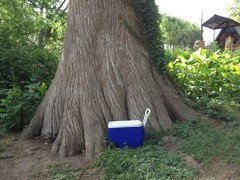
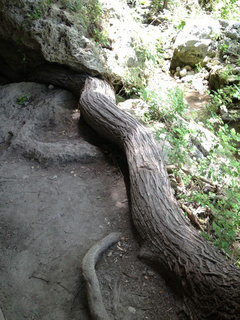
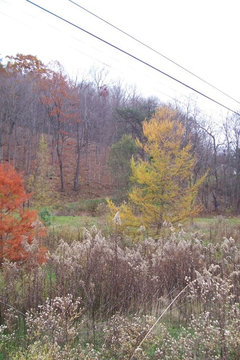
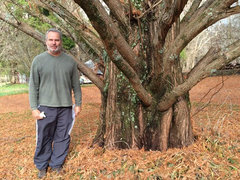
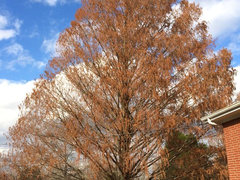
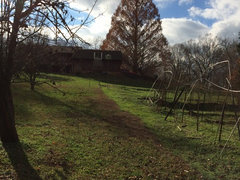


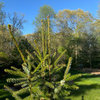
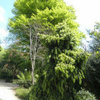
gardener365